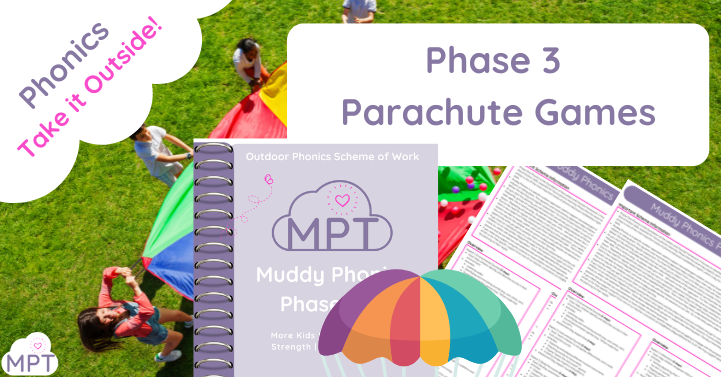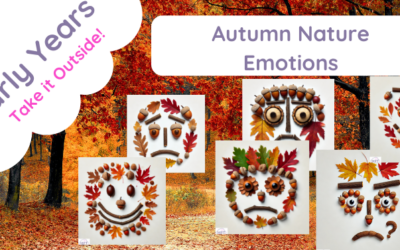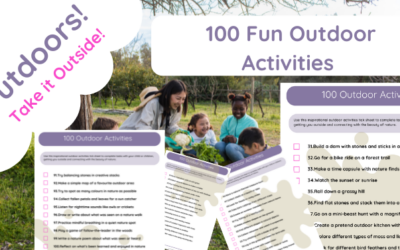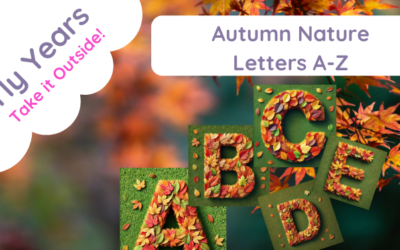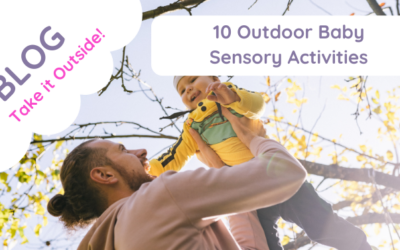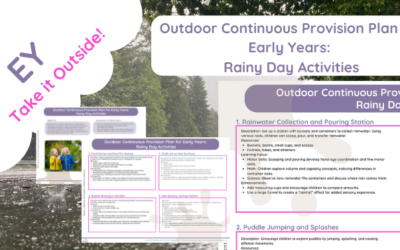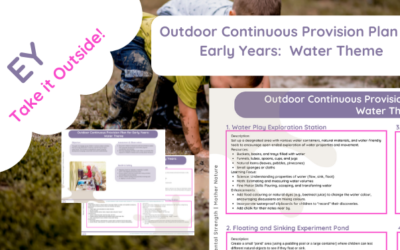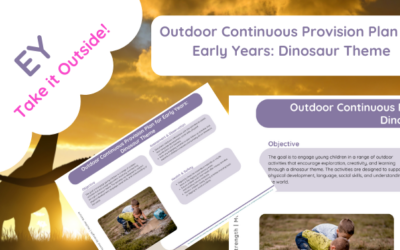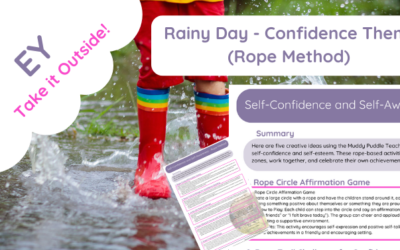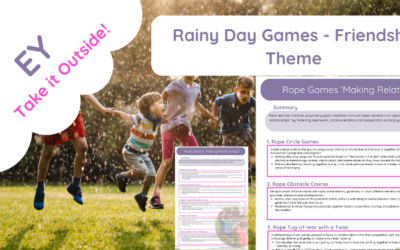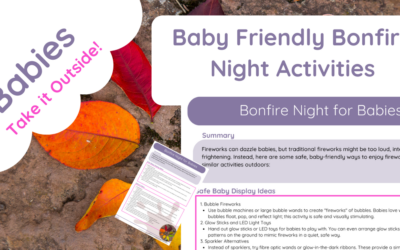Anti-Bullying Week Ideas Pack for Early Years Our Anti-Bullying Week Ideas Pack for Early Years is designed to help...
Autumn Nature Emotions
Nov 11, 2024
Autumn Nature Emotions: Explore Feelings with Loose Parts Introduce children to emotions hands-on, nature-inspiredly...
Autumn Nature Numbers 0-20 (Outdoor Displays)
Nov 11, 2024
Autumn Nature Numbers: Engaging Display for Indoor & Outdoor Learning Spaces Celebrate the beauty of autumn while...
100 Fun Outdoor Activities
Nov 11, 2024
100 Fun Outdoor Activities for Kids: A Nature Adventure Guide Ignite the wonder of outdoor play with 100 Fun Outdoor...
Autumn Nature Letters (Capitals)
Nov 10, 2024
Autumn Nature Letters: Bring the beauty of autumn into early years settings with our Capital Autumn Lettering—a...
10 Outdoor Sensory Activities for Babies
Nov 9, 2024
10 Outdoor Sensory Ideas for Babies: Nature-Based Fun for Little Ones Outdoor sensory play is a wonderful way for...
Outdoor Continuous Provision Plan for Early Years: Rainy Day Activities
Nov 8, 2024
Product Description: Outdoor Continuous Provision Plan for Early Years – Rainy Day Activities Turn rainy days into...
Outdoor Continuous Provision Plan for Early Years: Water Theme
Nov 8, 2024
Product Description: Outdoor Continuous Provision Plan for Early Years: Water Theme (MPT Approach) Bring the wonder of...
Dinosaur Continuous Provision Plan (Early Years Outdoors)
Nov 8, 2024
Product Description: Continuous Provision Plan for Early Years Outdoors:...
Rainy Day Ideas Early Years – Confidence Theme (Rope Method)
Nov 7, 2024
Rainy Day Ideas for Early Years - Confidence Theme (Rope Method) Using the Muddy Puddle Teacher Approach Turn rainy...
Self-Confidence and Self-Awareness (Early Years) Rope Method
Nov 7, 2024
Self-Confidence and Self-Awareness in the Early Years - Rope Method Using the Muddy Puddle Teacher (MPT) Approach...
Rainy Day Activities Early Years (Friends Theme)
Nov 7, 2024
Rainy Day Activities for Early Years (Friends Theme) Using the Muddy Puddle Teacher Rope Method Turn rainy days into...
Making Relationships EYFS (Rope Method)
Nov 7, 2024
Making Relationships in EYFS Using the Muddy Puddle Teacher Rope Method: Hands-On, Outdoor Learning for Building...
Bonfire Night KS2
Nov 4, 2024
Bonfire Night KS2 Activities Using the Muddy Puddle Teacher (MPT) Approach: Engaging, Eco-Friendly, and Educational...
Bonfire Night KS1
Nov 4, 2024
Bonfire Night KS1 Activities Using the Muddy Puddle Teacher (MPT) Approach: Nature-Based, Engaging, and Fun Celebrate...
Fireworks Ideas for EYFS
Nov 4, 2024
Fireworks Ideas for EYFS Using the Muddy Puddle Teacher (MPT) Approach: Nature-Inspired, Eco-Friendly, and Fun!...
Fireworks Ideas for Toddlers
Nov 4, 2024
Fireworks Ideas for Toddlers Using the Muddy Puddle Teacher (MPT) Approach Make this Bonfire Night memorable and safe...
Baby Safe Ideas for Bonfire Night
Nov 4, 2024
Baby-Safe Ideas for Bonfire Night: A Perfect Guide for Parents Keep your little one safe and cosy while celebrating...
New In

World War One Lesson Plan

Outdoor Teaching Ideas for EYFS
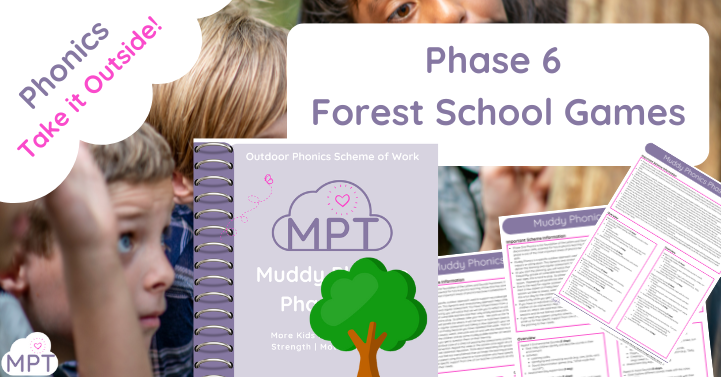
Forest School Games Phase Six
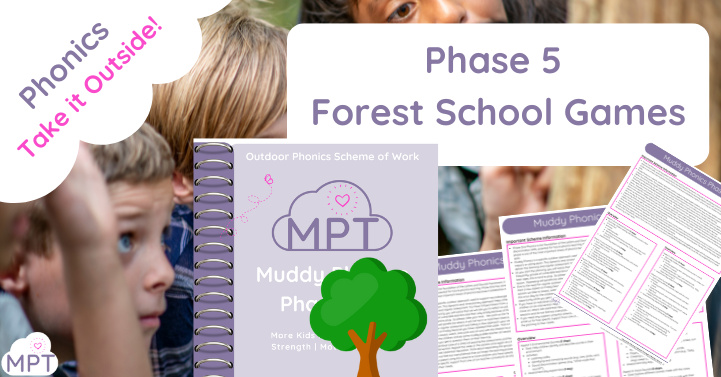
Forest School Games Phase Five
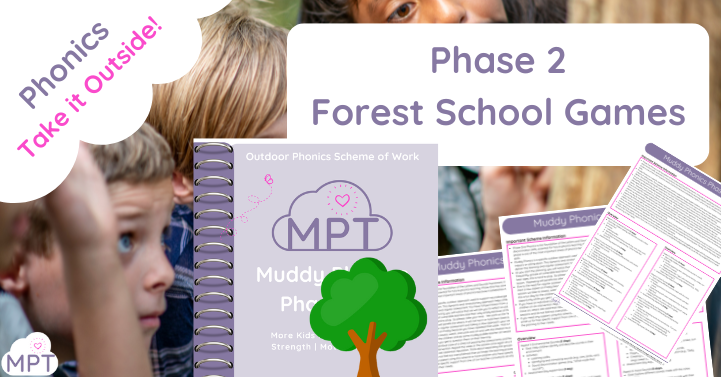
Forest School Phase 2 Phonics
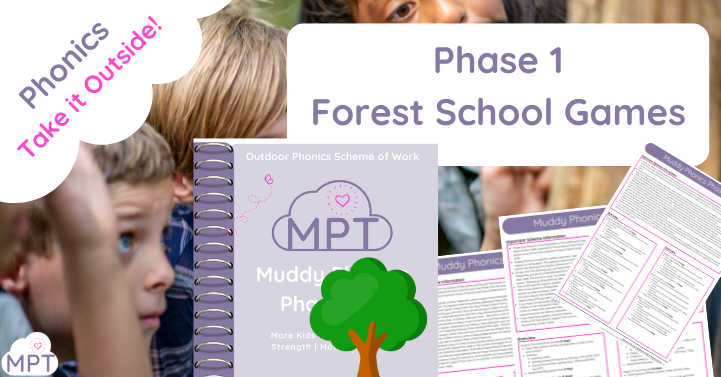
Forest School Phonics Games (Phase One)
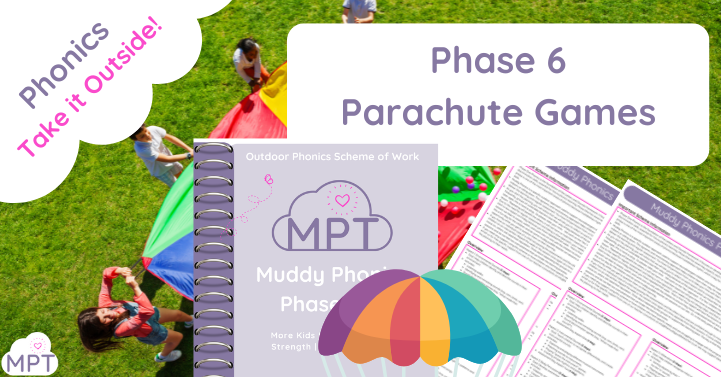
Phase 6 Phonics Games (Parachutes)
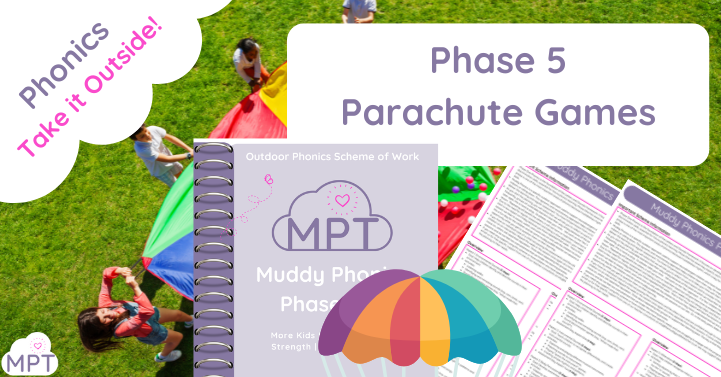
Phase 5 Phonics Games (Parachutes)
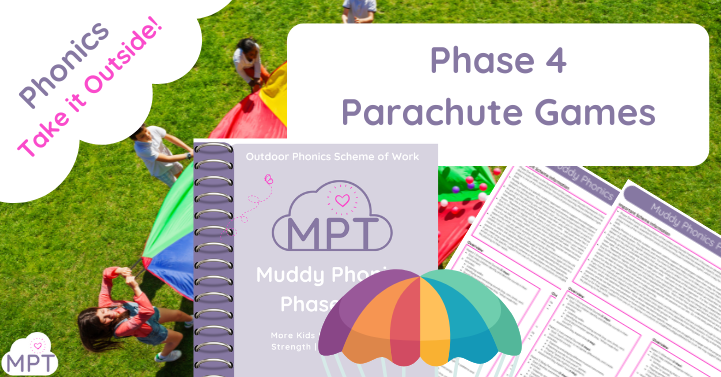
Phase Four Phonics Games (Parachutes)
